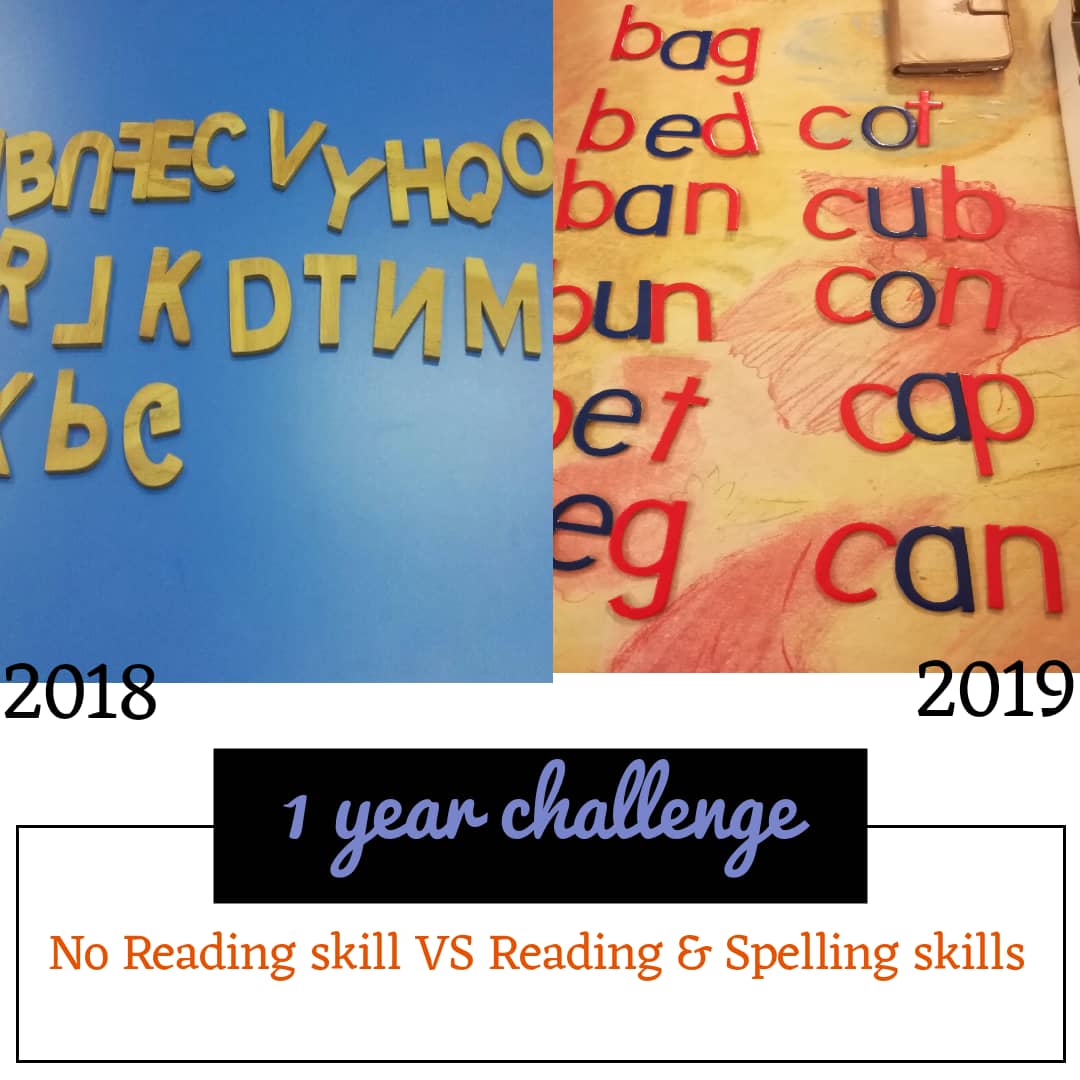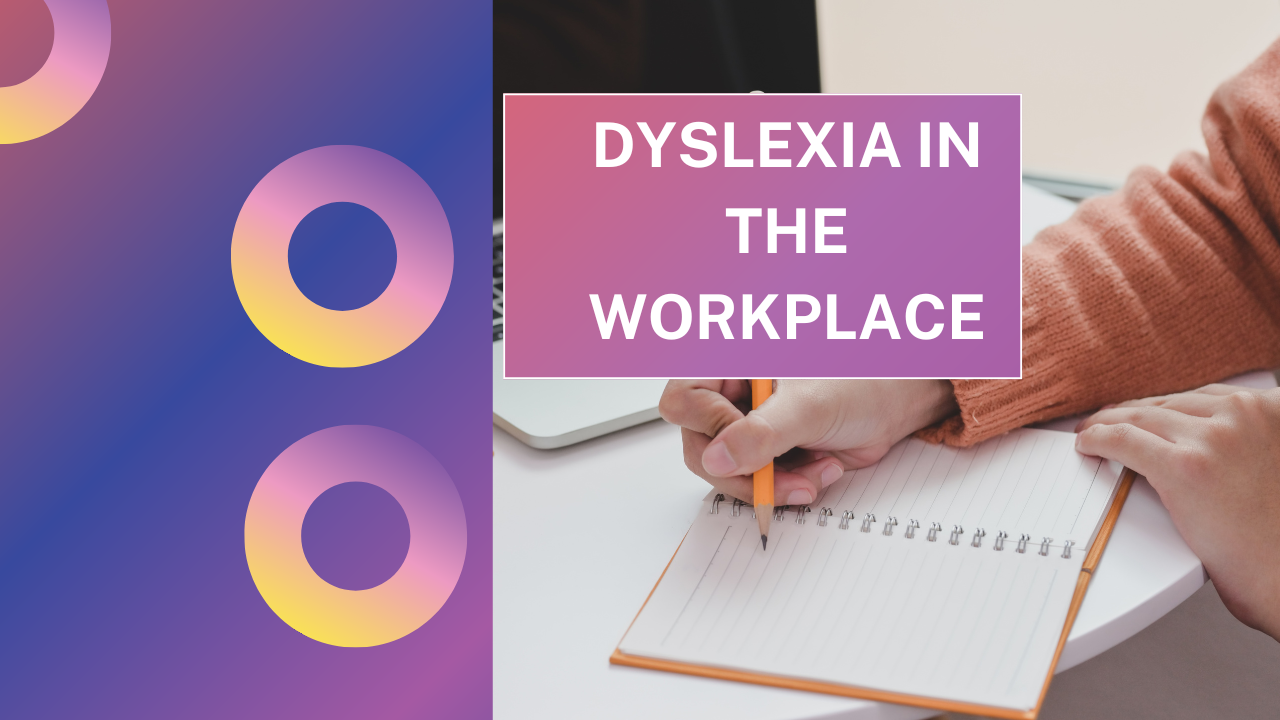I wonder why some private tutors and parents insist on rushing the whole process of reading acquisition? Is the idea of teaching reading to prove a personal point or is it to instill the ultimate love for the written word? I have seen this so often especially with learners who face reading difficulties. Private tutors entice parents by telling them their children will read in 3 months. Parents get over anxious when their child starts to show some progress in reading acquisition and want more progress and faster. Is this the way to show your child that embracing the reading process is indeed a thoughtful approach?
One needs patience, when teaching the skill of reading. There are four distinct stages in reading.
Effective reading instruction has to cover a range of pre-reading activities and tasks. Instead, in Malaysia, its about how fast a learner can complete the Peter & Jane series or some other commercial phonics series. What everyone fails to realize is that these pre-reading activities are just as important. Laying a good foundation will support more complex reading later on.
With children who face specific learning difficulties such as dyslexia, this is more of a slower process and requires much repetition and practice. Until fluency and a level of confidence is built, reading should not be pushed to more advanced levels.
Here are some reasons why rushing isn’t the best way forward and why many reading teachers only succeed at teaching the first stage of reading – what is known as reading at c/v/c level. Teaching reading by rote, is also a terrible way of helping learners enjoy books and learn to read at more advanced levels.
Why Rushing Isn’t the Key in Reading
Have you ever wondered why
learning to read takes time? Well, the answer lies in the intricate nature of this skill. Reading is a process, a journey not a destination! Just like a painter carefully blends colors to create a masterpiece, learning to read requires patience and nurturing. Rushing can hinder this beautiful process. We must start embracing the reading process.
Building Fluency and Automacy in Reading
Imagine trying to ride a bicycle for the first time without training wheels. Would you instantly be able to pedal with confidence and grace? Probably not. Similarly, reading requires practice to become fluent and automatic. By giving children ample time to practice, we help them develop a smooth reading rhythm, enabling words to flow effortlessly off the page.
Repetition is key here! Repeated exposure to words, phrases, and sentences helps children build a solid foundation. Think of it as a puzzle: each piece is essential in forming the complete picture. As young readers repeatedly encounter familiar patterns, their brains become more adept at recognizing and decoding words swiftly. They should also be exposed to a variety of similar patterns so that skill transfer occurs.
Pattern Recognition for Accurate Reading
Did you know that words often hide patterns within their letters and sounds? It’s like discovering secret codes in a treasure hunt! By taking the time to understand these patterns, children can unlock the mystery of reading. Rushing through this process might lead to confusion and missed opportunities for deciphering words effortlessly.
As children learn to identify patterns, they gain confidence in their reading abilities. Imagine reading a story and suddenly realizing that you can predict what comes next simply by recognizing patterns in the text! It’s like having a superpower that lets you uncover hidden meanings and dive deeper into the story’s magic. It is a very rewarding and exciting experience.
The Ultimate Goal: Comprehension
Now, let’s ponder the true purpose of reading: comprehension. Imagine yourself standing at the entrance of a grand castle. Would you be content with merely gazing at the majestic exterior, or would you yearn to explore its secrets and unravel its tales? Reading comprehension allows us to unlock the gates of knowledge and delve into the realms of imagination. Imagination leads to creativity. It forms the foundation for analytical thinking, and enriches the way people express themselves.
By not rushing through the earlier stages of reading, we ensure that children have a strong foundation for comprehension. When fluency and automacy are established, young readers can dedicate their mental energy to understanding the meaning behind the words. Comprehension opens up a world of possibilities, igniting curiosity and fostering a lifelong love for reading. It also increases vocabulary and sets the foundation for future writing skills.
Remember that reading is a journey with no set time limit. Rushing through the early stages can rob a child of the magical moments that await. Embrace repetition, pattern recognition, and the ultimate goal of comprehension, and you’ll help the reader unlock the door to endless knowledge and imagination.
Related article









